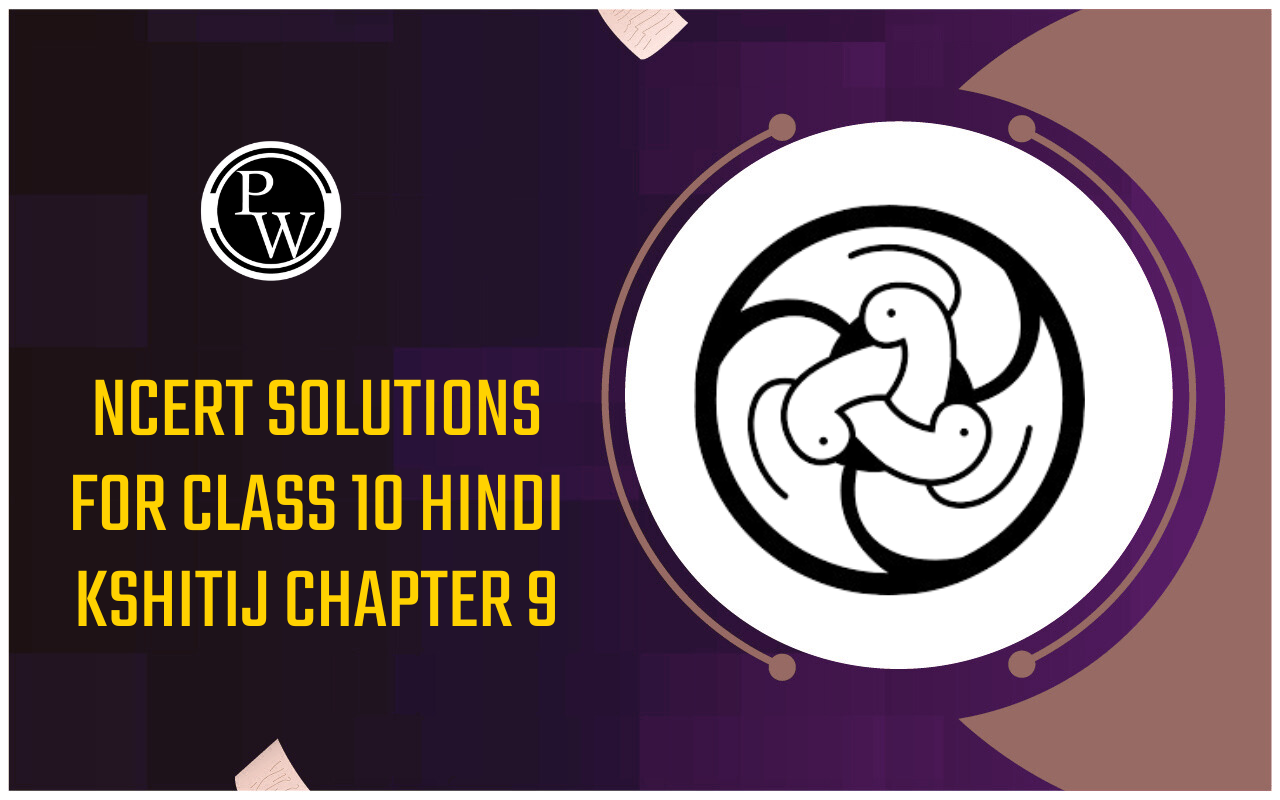
Simple Present Tense: Ever wondered how we express what's happening now or talk about our daily routines in English? That's where the Simple Present Tense comes in. It helps us share actions, habits, and things that are always true. In this article, we will cover what is Simple Present Tense, Definition, Structure, Rules and some examples of simple present tense.
What is Simple Present Tense
Simple Present Tense is a verb tense used to describe actions, events, or situations that happen regularly, repeatedly, or are general truths. It is used to talk about things that are happening now, habits, routines, or facts. In simple terms, it's the tense we use when we want to express something that is true in general or something that happens regularly.
Definition of Simple Present Tense
The Simple Present Tense is a way of talking about things that happen regularly, like habits or routines. It's also used for stating facts or expressing something that is generally true. In simple words, it helps us talk about what happens regularly or is always true.
Structure of Simple Present Tense
This is a basic tool in English that helps us talk about what happens regularly or is always true. We'll look at how to make positive statements, express negatives, ask questions, and combine negatives with questions. Let's explore these simple building blocks to improve our everyday communication.
|
Structure of Simple Present Tense |
|||
| Positive | Negative | Interrogative | Negative Interrogative |
| Subject + Verb in the base form/third person plural form | Subject + Do not/Don’t/Does not/Doesn’t + Verb in the base form/third person plural form | Do/Does + Subject + Verb | Don’t/Doesn’t + Subject + Verb |
| Example: She reads books. | Example: She does not read books. | Example: Does she read books? | Example: Does she not read books? |
Positive Sentences
Rule - Subject + Verb (First Form) + 's/es' + Object
Examples:
I go to Market.
He goes to a Market.
They go to a Church.
We go to the temple every Sunday.
Negative Sentences
Rule - Subject + 'do/does' + not + Verb (First Form) + Object
Examples:
I do not go to Temple.
We do not go to Temple.
You do not go to Temple.
She does not go to Temple.
Interrogative Sentences
Rule - 'Do/Does' + Subject + Verb (First Form) + Object
Examples:
Do you enjoy playing chess?
Does he work on weekends?
Do they have a pet dog?
Simple Present Tense Rules to Remember
Base Form Majority: Use the base form of the verb for most subjects.
Example: "She walks to school."
Third-Person Exception: When the subject is a third-person pronoun (like he, she, it), add an "s" to the verb.
Example: "He eats lunch at noon."
Plural Subjects: For plural subjects, use the base form of the verb.
Example: "They play soccer every weekend."
Negative Form: Add "do not" or "does not" before the base form for negative statements.
Example: "I do not like spicy food."
Interrogative : Start questions with "do" or "does," followed by the subject and the base form of the verb.
Example: "Do you enjoy reading?"
When to Apply the Simple Present Tense
Regular Actions: Use Simple Present Tense to talk about things you do regularly or repeatedly.
Habits and Routines: Describe your daily habits, routines, or things that happen as part of a regular schedule.
General Truths: Express facts or truths that are generally applicable or always true.
Statements of Fact: Use it for straightforward statements to convey information without a specific time frame.
Permanent Situations: Describe situations that are enduring or permanent.
Simple Present Tense Examples
Simple Present Tense through examples allows us to discuss our daily activities, present facts, and mostly describe our surroundings. Whether we're talking about our everyday routines. These examples serve as a helpful guide to easily comprehend the Simple Present Tense.
Regular Actions
I eat breakfast every morning.
They play basketball after school.
Habits and Routines
She practices the piano every day.
We usually go for a walk in the evening.
General Truths
The Earth orbits the sun.
Water boils at 100 degrees Celsius.
Statements of Fact
The museum opens at 9 AM.
Cats are mammals.
Permanent Situations
She lives in New York.
The sun rises in the east.
| Related Links | |
| Present Tense | Past Tense |
| Future Tense | Object Pronouns |
Simple Present Tense FAQs
What is the Simple Present Tense?
How is the Simple Present Tense structured in positive sentences?
What is the structure for negative sentences in the Simple Present Tense?
How are interrogative sentences formed in the Simple Present Tense?










